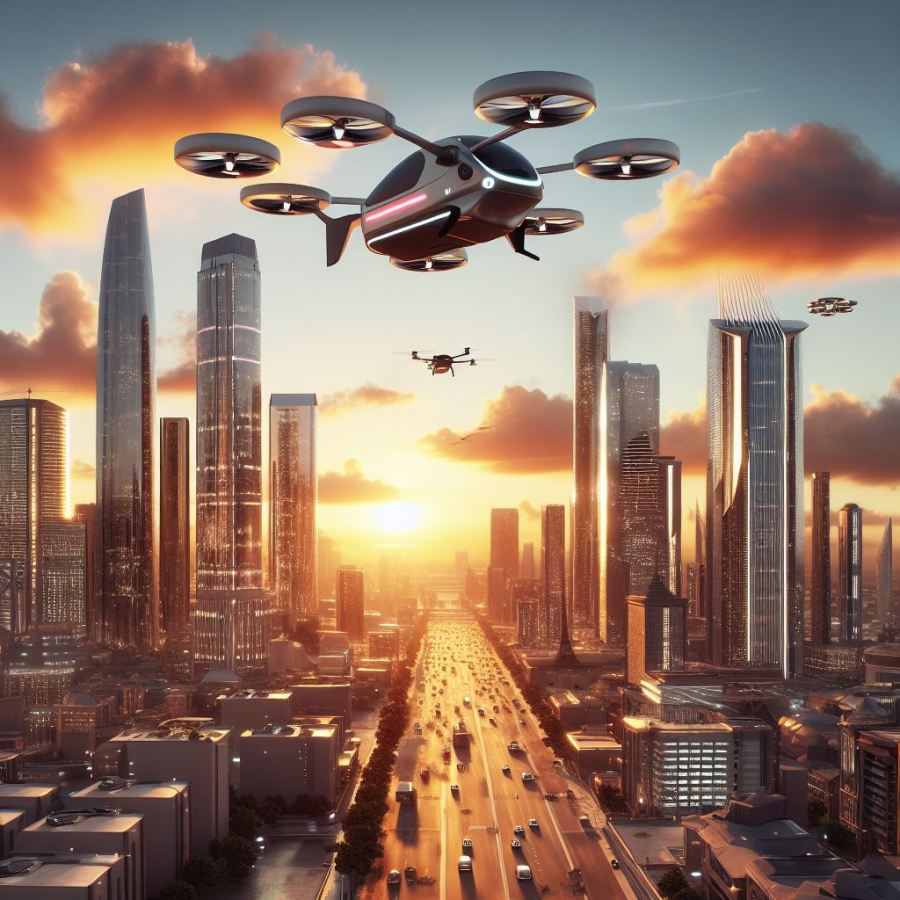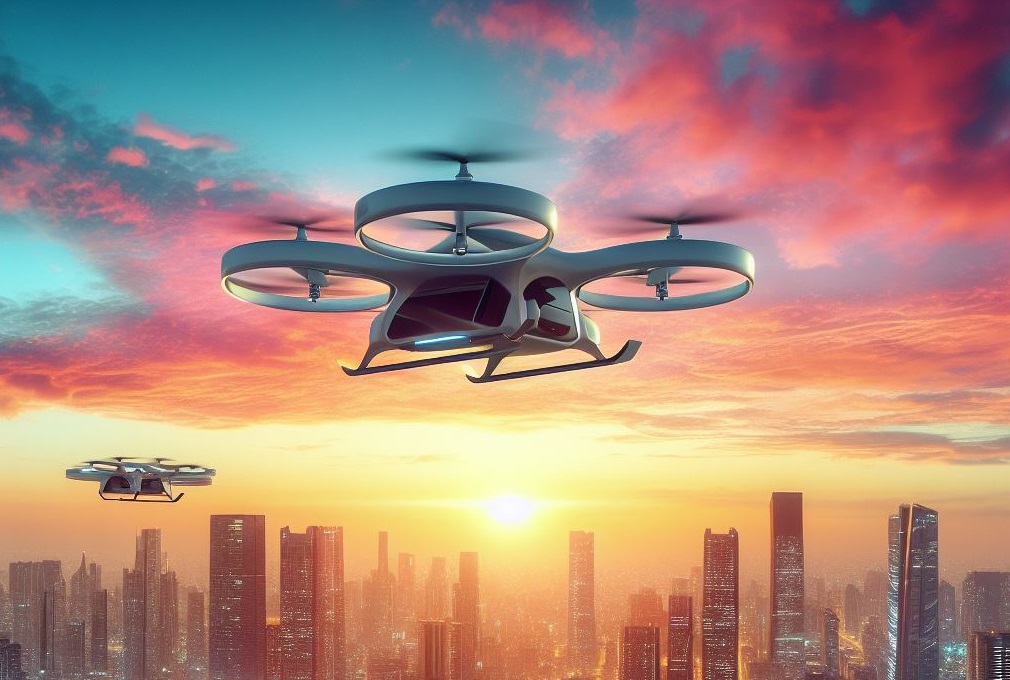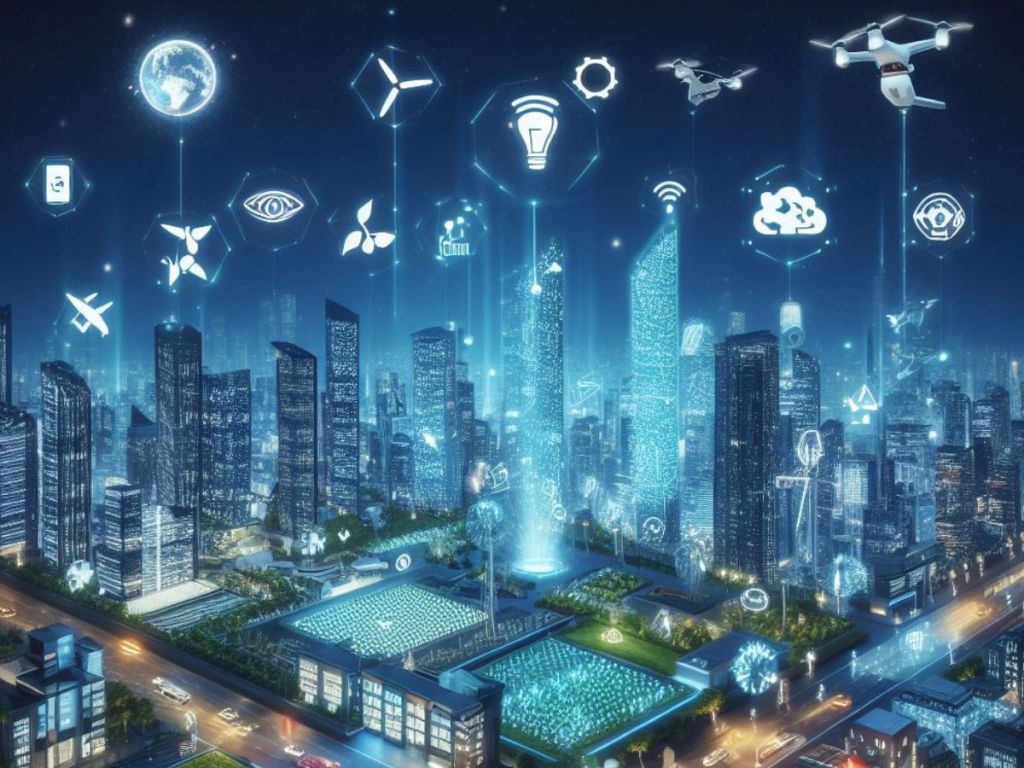Edge computing is a way of processing and analysing data close to where it is created, instead of sending it to a central server or a cloud. This can make data processing faster, more reliable, and more efficient.
Why do we need edge computing?
We live in a world where more and more devices are connected to the internet and generate huge amounts of data. These devices include smartphones, smart watches, smart TVs, smart cars, smart cameras, smart sensors, and many more. These devices are called Internet of Things (IoT) devices.
Some of these devices need to process data quickly and act on it in real time. For example, a self-driving car needs to detect and avoid obstacles, a security camera needs to recognise and alert suspicious activity, and a medical device needs to monitor and respond to a patient’s condition.
These devices cannot afford to wait for the data to be sent to a distant server or a cloud, which can take a long time and use a lot of bandwidth. This is where edge computing comes in.
How will edge computing be used in the future?
While this kind of computing isn’t widespread at the moment, it will be in the future. Here are two scenarios of the future that will need to rely on it.
Taxi drone scenario
It is the year 2030, and taxi drones are a common sight in the sky. They are fast, convenient, and eco-friendly, but they also require a lot of data processing and communication. That is why they use edge computing, a way of processing data closer to where it is generated, instead of sending it to a faraway cloud server.
One of the leading taxi drone companies is Flyer, which has a fleet of thousands of drones across the world. Flyer uses edge computing to improve its service and safety in many ways, such as:
Navigation: Flyer’s drones use it to navigate the complex and dynamic airspace, avoiding obstacles, traffic, and weather. They also use it to communicate with each other and with the air traffic control, ensuring smooth and coordinated flights.
Customer experience: Flyer’s drones use edge computing to provide a personalised and enjoyable ride for the customers. They use it to adjust the speed, temperature, and music according to the customer’s preferences. They also use it to offer real-time information and entertainment, such as the flight status, the landmarks, and the news.
Security: Flyer’s drones use edge computing to protect the data and the devices from cyberattacks. They use it to encrypt and authenticate the data, and to detect and prevent any unauthorised access or tampering. They also use it to monitor and update the software and the hardware, and to alert and respond to any malfunctions or emergencies.
By using edge computing, Flyer’s drones can process and store data locally, and also communicate with the cloud or other edge devices. This can make things faster, more reliable, and more secure, and enable new use cases and innovations.

Smart cities scenario
It is the year 2035, and smart cities are a reality. They are urban areas that use technology and data to improve the quality of life, efficiency, and sustainability of the people and the environment. They also use edge computing, a way of processing data closer to where it is generated, instead of sending it to a faraway cloud server.
One of the leading smart cities is called Chainsaw (no affiliation, of course!), which has a population of millions of people and thousands of devices. Chainsaw uses edge computing to enhance its services and operations in many ways.
Improvements
Transportation: Chainsaw’s transportation system uses edge computing to optimise the traffic flow, reduce congestion, and increase safety. It uses it to collect and analyse data from sensors, cameras, and vehicles, and to control the signals, signs, and lanes. It also uses it to communicate with the drivers, passengers, and pedestrians, and to provide real-time information and guidance.
Energy: Chainsaw’s energy system uses edge computing to balance the supply and demand, reduce the carbon footprint, and lower the costs. It uses it to monitor and manage the power grid, the renewable sources, and the storage units. It also uses it to adjust the consumption and production, and to enable smart metering and billing.
Healthcare: Chainsaw’s healthcare system uses edge computing to improve the access, quality, and affordability of medical services. It uses it to collect and process data from wearable devices, implants, and scanners, and to diagnose and treat patients. It also uses it to connect doctors, nurses, and patients, and to provide remote consultation and care.
By using edge computing, Chainsaw’s smart city can process and store data locally, and also communicate with the cloud or other edge devices. This can make things faster, more reliable, and more secure, and enable new possibilities and innovations.

How does edge computing work?
Edge computing works by using edge devices or edge servers that are located near the IoT devices. And, edge devices have some computing power and can process data locally. Edge servers are local servers that can process data from multiple IoT devices.
Edge devices and edge servers are connected to a network, but they do not need to send all the data to a central server or a cloud. They only send the most important or relevant data, or the results of the data processing.
For example, a smart camera can use edge computing to analyse the video stream and only send an alert or a clip to the cloud when it detects something unusual. A smart car can use edge computing to process the data from its sensors and cameras and make decisions on how to drive safely and efficiently. A smart factory can use edge computing to monitor and control its machines and robots and optimise its production.
What are the benefits of edge computing?
Edge computing has many benefits.
Faster response times
Edge computing can reduce the latency, or the delay, between data creation and data processing. This can improve the performance and the user experience of IoT devices and applications.
Better bandwidth availability
Edge computing can cut down the data that is sent across the network. This can save network bandwidth and costs, and prevent network congestion and failures.
Enhanced security and privacy
Edge computing can reduce the exposure and the risk of data breaches and cyberattacks. Data can be processed and stored locally, instead of being transferred to a remote server or a cloud. This can also comply with data regulations and laws that require data to be kept in a certain location or region.
Richer insights and innovation
Edge computing can enable more advanced and complex data analysis and artificial intelligence. Data can be processed and combined from multiple sources and devices, and new insights and solutions can be discovered and implemented.

Conclusion
Edge computing is a distributed computing framework that brings data processing and analysis closer to the sources of data. It can improve the speed, reliability, and efficiency of data processing, and enable new possibilities and opportunities for IoT devices and applications.
It is an important and growing trend in the technology world, and it can benefit many industries and sectors.
This article was fact checked by Stephen Kelly, Chief Technical Architect and Senior Software Engineer at BySapio.



